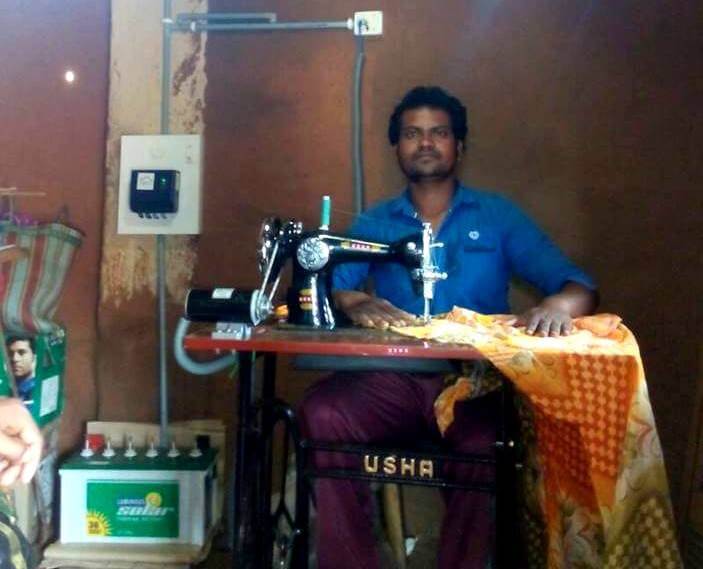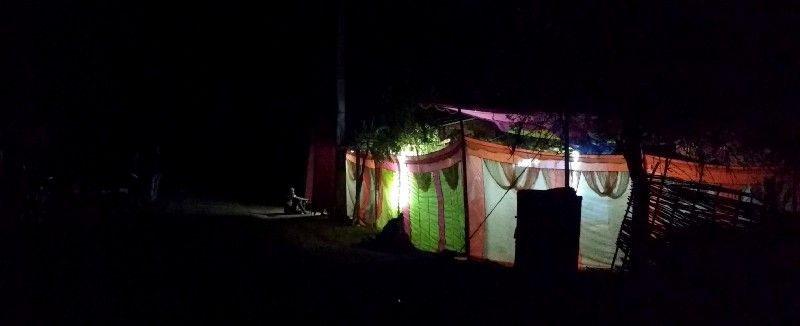Access to credit is an important pre-requisite for facilitating access to energy. Owing to marginal and unpredictable incomes, rural and tribal families cannot afford to pay up-front the cost of basic systems. Over the years, solar products, heavily subsidized by multiple donors, have been installed in villages without adequate servicing and maintenance. The consequences have been disastrous as many of the villages have turned into junkyards of dysfunctional systems.
Strong doorstep service along with availability of affordable finance at the local level can lead to creation of sustainable long-term delivery models for energy access. Growing number of grassroots based energy enterprises partnering with local financial institutions have installed reliable home based solar systems in remote hamlets on the hills and deep in the forests.
Why is access to credit important?
Decentralized renewable energy (DRE) products when designed as long-term durable assets, their costs are higher than similar products with shorter life times. Cheaper long-term financing makes the expensive, but more durable, products more affordable to the poor: thus helping them own long- term assets. To make financing affordable, the financial products have to be designed to match the cash flows of the various targeted segments. Unfortunately, end-user financing for renewable energy products like solar is still not very prevalent in the many parts of rural India, especially in the tribal belts as the populations are considered very risky from a banker’s perspective.
On the other hand, there are inspiring role models for other bankers to emulate. On such example is Syndicate Bank in the district of Kalanhandi in Odisha. A project conceived by SELCO Foundation along with TATA Trusts, partnered with Syndicate Bank to facilitate long-term financing of solar lighting systems in the area.
Around 20,000 families reside deep in the forests of Thuamal Rampur, in the tribal district of Kalahandi in Southern Odisha. Less than 10% of these households had access to electricity as of 2011. These districts in southern and western Odisha are made up of mostly subsistence farmers with very unreliable incomes. Thuamal Rampur has two banks, but there isn’t much interaction between these banks and the tribal communities. With little or no assets and lacking a habit of savings, local bankers consider these communities “un-bankable” and highly risky to lend to.
Bridging the gap between tribal communities and banks
Supported by SELCO’s Incubation team, Prabhat Pradhan from Koraput started Mukti Solar Energy Pvt. Ltd. in 2015. Having served over 500 remote rural customers so far, the primary barrier to grow was access to credit for their end users and the local banks were unwilling to lend small loans.
The break came in early 2016. Syndicate Bank, one of the early pioneers of solar financing in Karnataka, showed interest in replicating their efforts in tribal Odisha. Initially the branch manager was hesitant as many of the households were living at quite a distance from the bank branch. Several field visits were arranged to convince the branch manager about the need for solar loans in the region. Finally, the upper management of the Bank was convinced and decided to go ahead with a pilot of 500 solar loans in the tribal belt of Odhisa. SELCO foundation, with financial assistance from Armstrong, deposited a partial risk guarantee fund in the local bank, in case of any defaults: thus making it easier for the bank to lend.
To reduce the processing time and transaction costs, group loan applications from Joint Liability Groups (JLGs) were preferred instead of individual loans. With 5–8 families each, JLGs also create peer pressure within the group to pay their share every month, and households can share the task of going to the bank to make payments. Households are also able to deposit money in their JLG accounts during higher income seasons, leading to saving for harder times.
Impact: beyond solar lighting
In the last 6 months, Syndicate bank has sanctioned solar loans for 200 households, and 300 more would be completed in the coming two quarters. With patient hand-holding, the savings and repayments have been successful in the past quarter. For easier repayment options, a banking correspondent and weekly kiosk in Thuamal Rampur are being considered. Observing the experiment, other local banks have come forward to collaborate and replicate the efforts. Some of the other bank branches have also extended their loans from simple home lighting to income generating products like solar powered sewing machines, laptop etc.
The scaling effect of unlocking end-user financing is immense. While solar home systems help provide immediate energy access, they are in many ways an entry point to catalyze much larger development in the region. Banks have always been in a position to be at the forefront of enabling this change. In the process of obtaining a solar loan, remote tribal households are able to build credit histories. It is a matter to time that such examples can be replicated in other remote parts of India and the world: thus, enabling holistic development.
(The work of SELCO Foundation in the region of Odhisa has been supported by TATA Trust, Armstrong Foundation and GIZ India)

